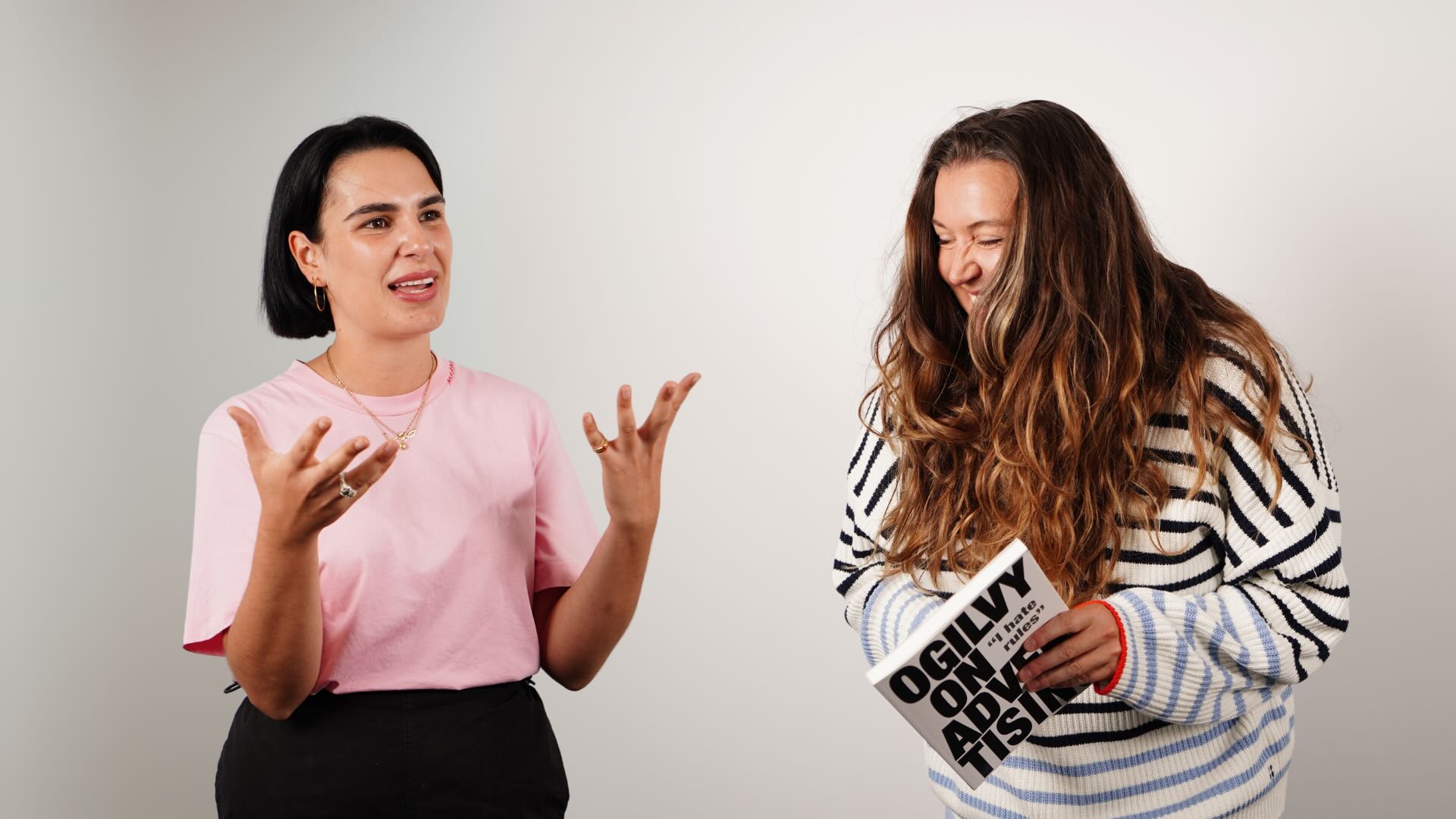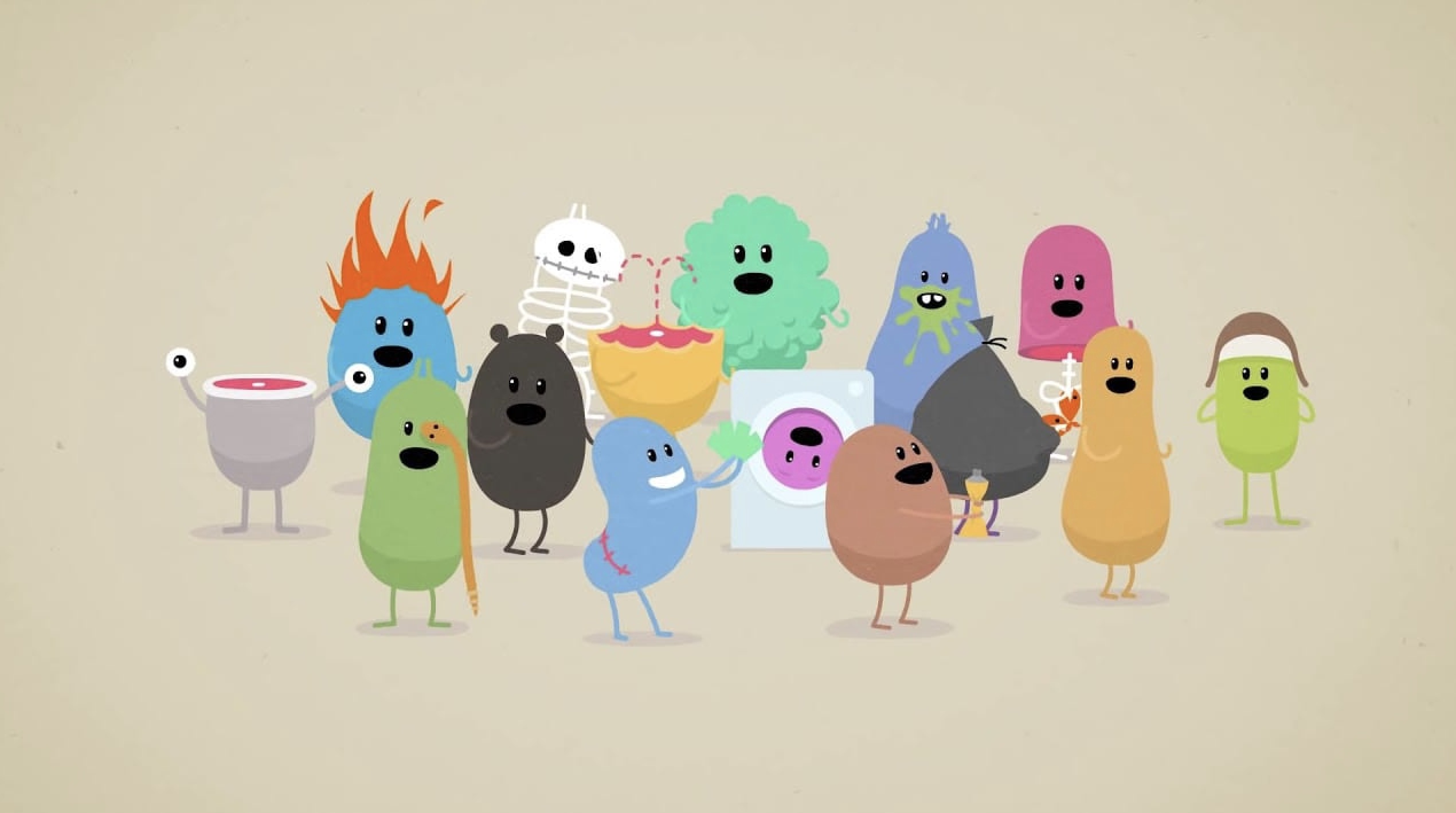Sanam Goodman and Erin Morris: First it was media agencies. Now Meta’s trying to kill the creative agency. Here’s why they won’t succeed.

In this punchy op-ed, Sanam Goodman and Erin Morris, die hard creatives from Australian indie agency Young Folks, unpack why Meta’s latest AI-powered ad tools are gunning for creative agencies, and why, despite the tech giant’s best efforts, the human element of creativity isn’t going anywhere. Because while AI can optimise what worked yesterday, only real creatives can imagine what works next.
Remember when Mark Zuckerberg just wanted to help you poke your friends and maybe sell a few banner ads?
So innocent. So much potential.
He was the golden boy of Silicon Valley with code and hoodies, building tech that would bring us together. Now he’s in full tech-bro-supervillain mode, building an AI-powered Death Star and enthusiastically plotting world domination.
It started with media buying. Meta made it easy. Too easy. Skip the strategists. Skip the planners. And pump ad spend directly into its machine. No media agency needed. Just log in, choose your audience, swipe the company card, and boom: you’re advertising.
Now, they’re coming for the creatives. Why? Because every dollar that doesn’t go to an agency is a dollar that can go into the platform.
Zuck is Darth Vader in Allbirds. Breathing heavy in the corner, whispering about ‘AI-powered ad tech’ and ‘efficiency’, while building a robot army that creates ads that all look and sound exactly the same.
Funny, sure. But this is no joke.
They’re not saying it outright, of course. Mark Zuckerberg’s recent interview with Stratechery didn’t include a line like ‘We’re coming for your agency’. But the message was still loud and clear, tucked between chats about Meta’s AI ambitions and the company’s strategic investments in AI infrastructure. What he really said was: Let us take care of it. The visuals, the copy, the thinking. Trust the machine. We know what works.
And, to an extent, they do. But what ‘works’ in AI terms usually means something very narrow. It’s something that’s already performed well, so the machine iterates on that. It produces a better version of the last thing. Or a slightly different version of the last best thing. Until, eventually, the ad you’re seeing is simply a rerun. Slightly shinier, maybe, but not fundamentally different.
And this is around about the point where things start to fall apart.
That’s when what we’re looking at isn’t strategy or storytelling, or really even marketing anymore. It’s production, at scale. It’s high-volume, low-impact asset farming, if we want to get really literal. And it’s designed to generate as many marginal gains as possible, as quickly as possible.
This kind of output does have its place. It’s built for conversions and short-term ROI. If your goal is to squeeze another 0.3% out of an already performing ad set, sure, fire up your robot friend and watch the click-throughs climb. But let’s not pretend this is brand building or culture shifting. Let’s not call any of this remotely creative. Creativity isn’t what Meta’s tools are built for. They’re not wired for tension, nuance, instinct, or that primitive gut feel.
And that’s what a great ad needs.
A great ad isn’t just seen and scrolled past. It’s one that’s thought about on the train to work, talked about in a beer garden, screenshotted into a swipe file. And, if it’s really great, it’s the reason you don’t go with the cheapest insurance provider, but the one whose ad stuck with you.
A great ad is memorable, and AI has absolutely no idea how to do that.
You can feed it a thousand headlines, a million images, every high-performing campaign from the last decade. But it still won’t give you Just Do It or You’re not you when you’re hungry or Dumb Ways to Die. Those ideas didn’t come from what worked before. They came from a group of humans sitting in a room, probably overcaffeinated, possibly underslept, and stubbornly refusing to sign off on the obvious idea.

Real creative work comes from chasing down a thought that doesn’t quite make sense yet. From someone rewriting a line for the twelfth time, not because the data said so, but because it’s just not hitting right. Real creative work is messy and illogical. Real creative work is asking ‘what if?’ a thousand times over.
And that’s what Meta’s machine is missing. It doesn’t have instincts. Or taste. Or doubt. It doesn’t know when to break its own logic because it just feels right.
It’s fast. But it’s not brave.
That’s why the creative agency isn’t dead. Not even close.
Because the best ideas – the ones that build brands, start conversations, win hearts, or piss the right people off – aren’t born from pattern-matching. They’re born from risk.
And if you think a trillion-dollar company chasing quarterly earnings is about to take a creative risk on your behalf, good luck to you.
Meta’s AI might be able to sell you a thousand versions of what worked yesterday.
But the people in creative agencies are here to make what works next.
And no, Zuck. You can’t optimise your way to that. Good luck with the Death Star.
Written by Sanam Goodman (left), Senior Copywriter and Creative and Erin Morris (right), Founder and Managing Director at Young Folks.

1 Comment
Let’s keep being the Authentic Stars
Primitive gut feel Vs Digital native?
I won’t be asking AI
Stay brave